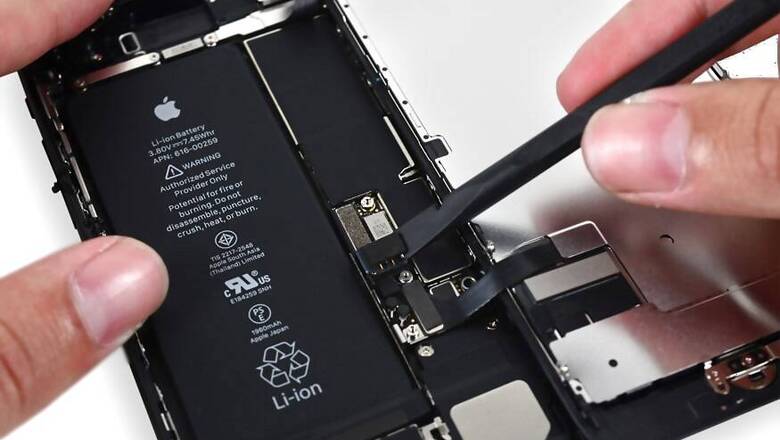
views
A team of scientists at the University of Central Florida (UCF) may have found the right formula for making long-lasting, super-powerful supercapacitors that work with existing battery materials and are small enough and stable enough for use in mobile electronic devices.
"With these supercapacitors, you could charge your mobile phone in a few seconds and you wouldn't need to charge it again for over a week," said Nitin Choudhary, a postdoctoral associate who conducted much of the research.
"For small electronic devices, our materials are surpassing the conventional ones worldwide in terms of energy density, power density and cyclic stability."
Supercapacitors are batteries that can handle bigger surges of power and are built to cope with constant high-speed recharging and discharging.
It's why they're used in hybrid cars for capturing and redistributing the huge amounts of energy lost through braking. Under those sorts of stresses, a traditional lithium ion battery would literally wear itself out in a matter of months and would not be able to charge before the energy being stored was needed elsewhere.
However, their use in mobile devices is limited. In order to hold the energy that an equivalent Lithium ion battery can hold for as long as it can hold it, a supercapacitor would need to be much larger.
The research team had been looking at different ways of integrating nanomaterials into small supercapacitors to solve this size problem. Their potential breakthrough, published in the academic journal ACS Nano, revolves around the use of nanometer-thick wires that sit inside a shell formed from a two-dimensional material.
"There have been problems in the way people incorporate these two-dimensional materials into the existing systems -- that's been a bottleneck in the field.
We developed a simple chemical synthesis approach so we can very nicely integrate the existing materials with the two-dimensional materials," said principal investigator Yeonwoong "Eric" Jung.
Though only several atoms thick, two-dimensional materials like graphene offer a huge potential energy yield and power density in comparison to their size.
But turning the potential into practice has been challenging.
However, breakthrough or not, it's too early for smartphone power users to get excited. "It's not ready for commercialization," said Jung. "But this is a proof-of-concept demonstration, and our studies show there are very high impacts for many technologies."
















Comments
0 comment